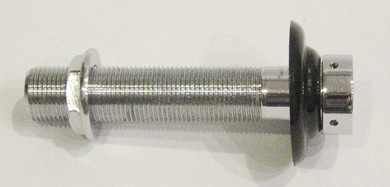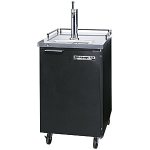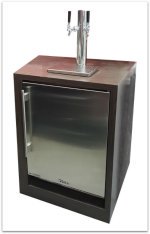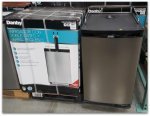Kegerator Shank
The kegerator shank is used to get beer from inside your kegerator to the faucet on the outside.
Shanks are used on beer towers, keg refrigerators, chest freezer conversions and any wall that you need to run beer through but need to keep sealed.
It is basically a tube with standard 7/8"-14 straight pipe threads on the outside. There is a flange and faucet nut on the outside of the kegerator and a nut to tighten on the inside. Beer travels from the keg through the center of the shank to the faucet.

How To Select Your Shank
- They come in many lengths. Measure the thickness that the shank needs to go through. Take this distance and add a 1-2 inches to allow for the nut to tighten on the back and provide enough room for the beer line to attach.
- If it's for a keg fridge, make sure the door will close without the shank hitting something on the inside.
- For a chest freezer conversion be sure that the shank isn't too long that it will interfere with getting kegs in and out.
Ok, that's it...You should be ready to order your beer shank.
How To Install
- Drill a hole through the object that the beer shank will pass through. This hole is typically 7/8 to 1" in diameter but be sure to verify for your shank.
- Slide the shank through the front all the way until the flange is against the surface.
- Screw the nut on the backside of the shank. Tighten until snug. Do not over tighten or the plastic flange on the front may crack.
- The shank is now in place and ready for the faucet and beer line to be attached.

Yep...It's really that easy to select and install a beer shank.



New! Comments
Have your say about what you just read! Leave me a comment in the box below.